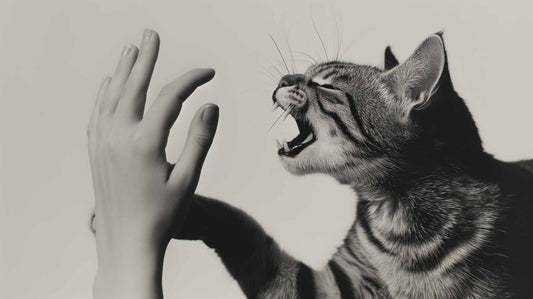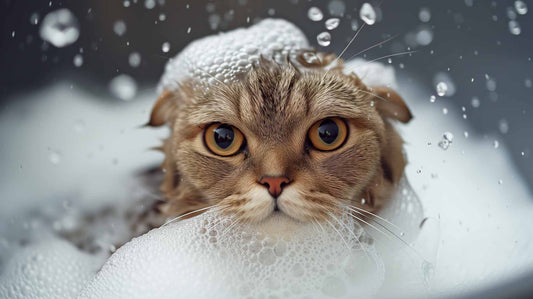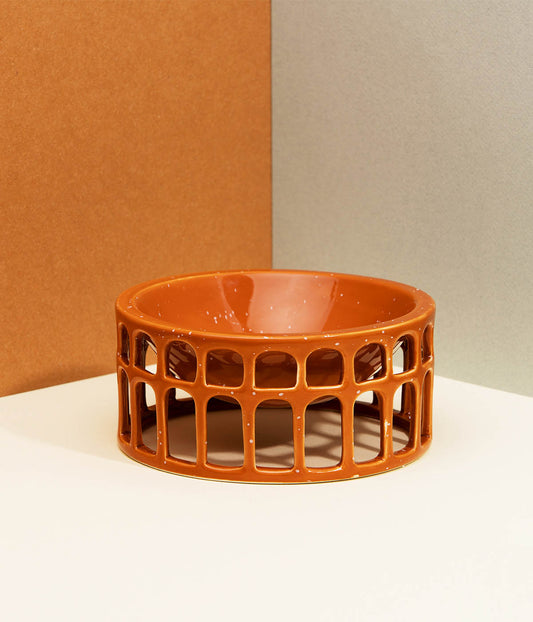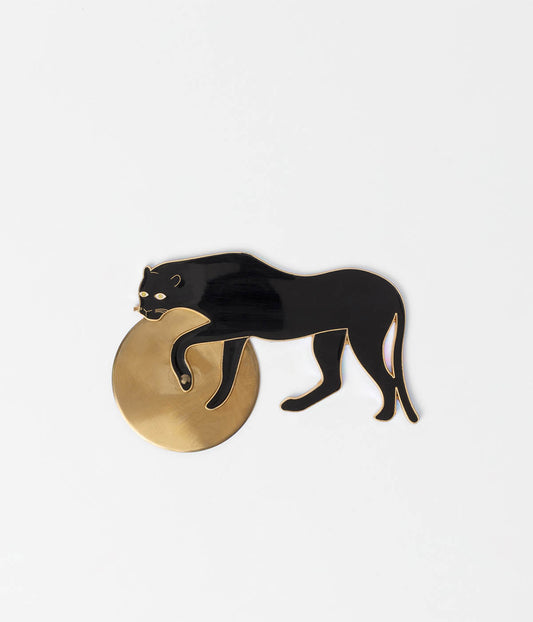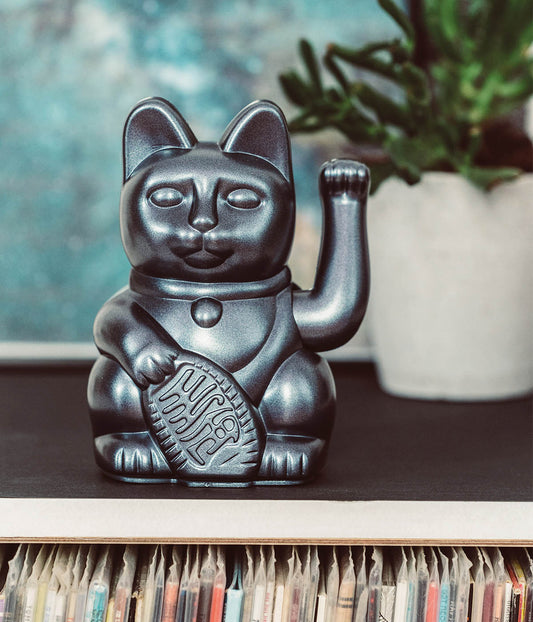
10 tips on how to master the feed change
Marie DuchessIt is not easy to get your beloved cat used to a new food. In particular, switching to high-quality wet food is often difficult. No attractants that make the food smell more intense, no dyes and other "auxiliaries" that make it look nicer, or thickener to give it great consistency... Instead, natural, high-quality ingredients simply smell and above taste completely different. "Yeah, I don't know it" thinks the Floof and prefers the inferior, well-known crap again. To get your cat attracted to a much healthier meal, we put together 10 tips to help you with the food change.
-
Slowly mix in the new feed. Yes, this can take time, but it is also the most successful method. Some cats pick out the new parts right away and don't want anything else. Others complain immediately. This is how it works: Only mix in small parts of the new food at a time. It really depends on your cat here. We're not exaggerating when we say that some cats take a while getting used to it. For "more complicated" cats, start with very small pieces and plan about 2 months or 8 weeks until you can fill the bowl with the new feed. Even longer is not uncommon. With "simple" cats it can of course be much faster.
-
Moisten the dry food first. Even more patience is required when switching from dry food to (high-quality) wet food. At first, only gently moisten the dry food. Next time a bit more. After a few weeks you can supplement it with some pieces of high quality feed and gradually replace it. Our Emperor Ragout is particularly suitable for this. You can mix the creamy sauce with a bit of water until kitty has only sauce in the bowl. Than add the meat.
-
Two bowls. This method is the most successful, especially for "simple" cats. If you want less stress with the changeover, it is worth trying this first. However, success is not guaranteed. Set out two bowls, one with the old and one with the new food. This will allow your cat to get used to the smell but still have their usual meal. This method is particularly stress-free because your cat can choose when to try the new food. This may take a few days, but there's one more "secret tip".
Place the food on the side that corresponds to your cat's main paw. If she is left paw then left, she is right paw then right. Although it hasn't been scientifically proven, your cat often gravitates towards the bowl that corresponds to its main paw. The preferred paw is mostly determined by the gender of the cat. Bobcats tend to be left-paw, while female cats tend to be right-paw. You can also see which paw your cat prefers in intelligence games.
-
Treats help. Since we often use treats as a reward, this positive association is already stored in Kitty's head. But please don't overdo it! Most treats are purely supplementary feed and have no added taurine. Some also contain grains. Every now and then and in moderation that's ok, but you definitely want to avoid your cat only feeding on the treats and leaving the taurine-containing food in the bowl! It is best to distribute or hide the treats in the feed in such a way that they cannot be picked out too easily. You can also fold in snacks for special occasions, like tuna or liverwurst. Whatever the "treat drawer" (we all have one...) has to offer.
-
Warm up the feed. Warm feed smells stronger because the aromas unfold better. Many prey animals have a body temperature of 38–40 °C. This is also the ideal temperature for your feed change. In general, you should always feed food at least at room temperature. It's also gentler on your cat's stomach.
-
Make your cat hungry. Of course, we don't mean that you should let her starve! Play with her! After a long game session with feathers, balls, valerian/catnip plush toys, paper/cardboard etc., every cat gets hungry. And a hungry cat is more inclined to overlook the fact that it has an Organic chicken instead of fattening hybrid turkey.
-
Agree with your other roommates. If your cat suddenly doesn't get the usual food from you, it will certainly try someone else. You should let everyone know what you're doing so they don't accidentally sabotage your endeavor.
-
Cats aren't that picky by nature. In nature, they eat what they get. And there is no other way. She wouldn't rather starve because she can't have a rabbit today, but catch a mouse instead. We humans turn them into little "princesses and the pea". Keep that in mind. Kitty will of course first try - loudly and wailingly - to get her old "favorite food" back. You shouldn't give in to every attempt. However, your cat's metabolism depends on a steady supply of animal proteins. Under no circumstances should she remain without food for longer than 24 hours, because starvation is pure stress for your animal and can lead to health problems. If your cat doesn't want to eat the new food at all, take a step back and mix in the new food even more slowly.
-
Food ice cubes. This method is a modification or addition to tip #1, slowly mixing in the new food. However, it is particularly suitable for those who do not want to waste raw materials. Unfortunately, when you change the food, one or the other can goes in the garbage without being eaten. In the refrigerator, an opened can can be kept for 48 hours. However, you can fill your usual ice cube container with the new cat food and freeze it. If you take out a piece every day before feeding, you don't have to waste anything. As soon as you get to the point that your cat is getting more of the new food than the old food, simply turn the whole thing around and freeze the old food.
If you have enough containers, you can of course portion both wet foods. This method has a possible disadvantage that we do not want to withhold. Is there something fluffy in front of you in the kitchen early in the morning and yelling at you? Well, then it can get a little tiring and stressful when you first have to thaw your food cubes. Kitty will not be particularly enthusiastic about the quality of service and loudly challenge the restaurant manager.
- Plan your strategy in advance, but be prepared to adapt. Nobody knows your cat better than you do. Only you can tell whether they are always open to new ideas or if the slightest change turns into stress. This knowledge will help you a lot in your transition. Is Kitty an extraordinarily sensitive cat? Then take the whole thing extra slowly and combine several tips. Ultimately, 5 rushed and failed attempts take longer than a very cautious but immediately successful attempt.


